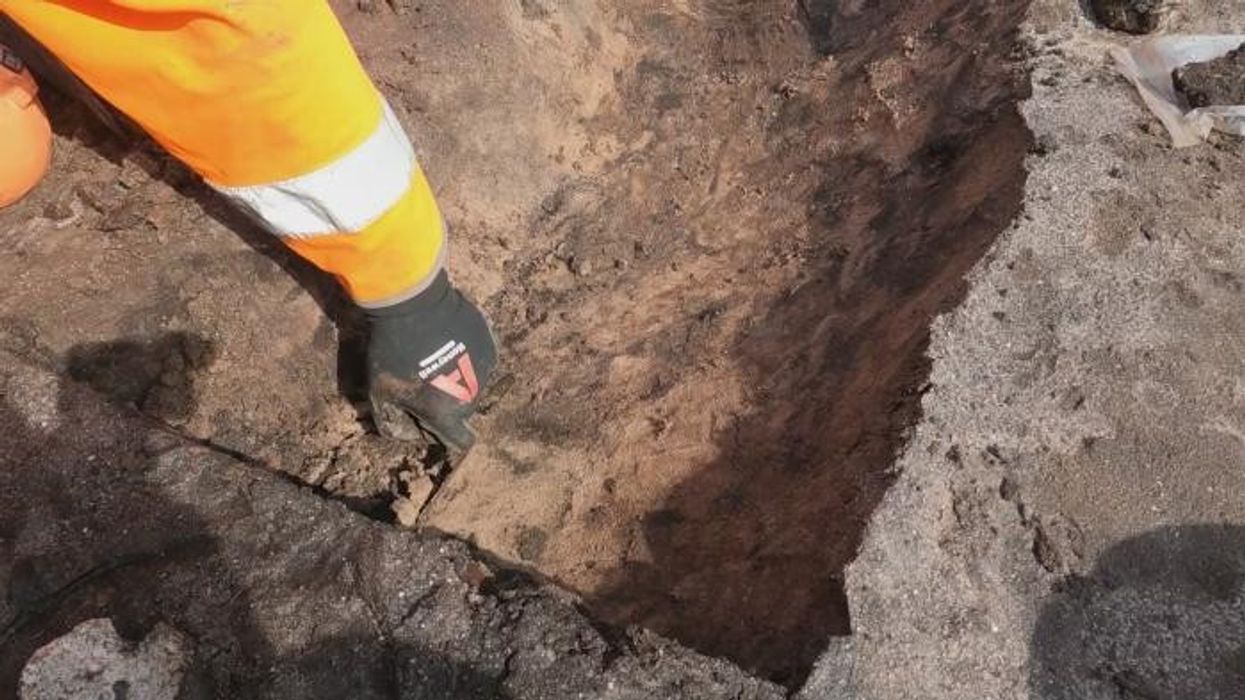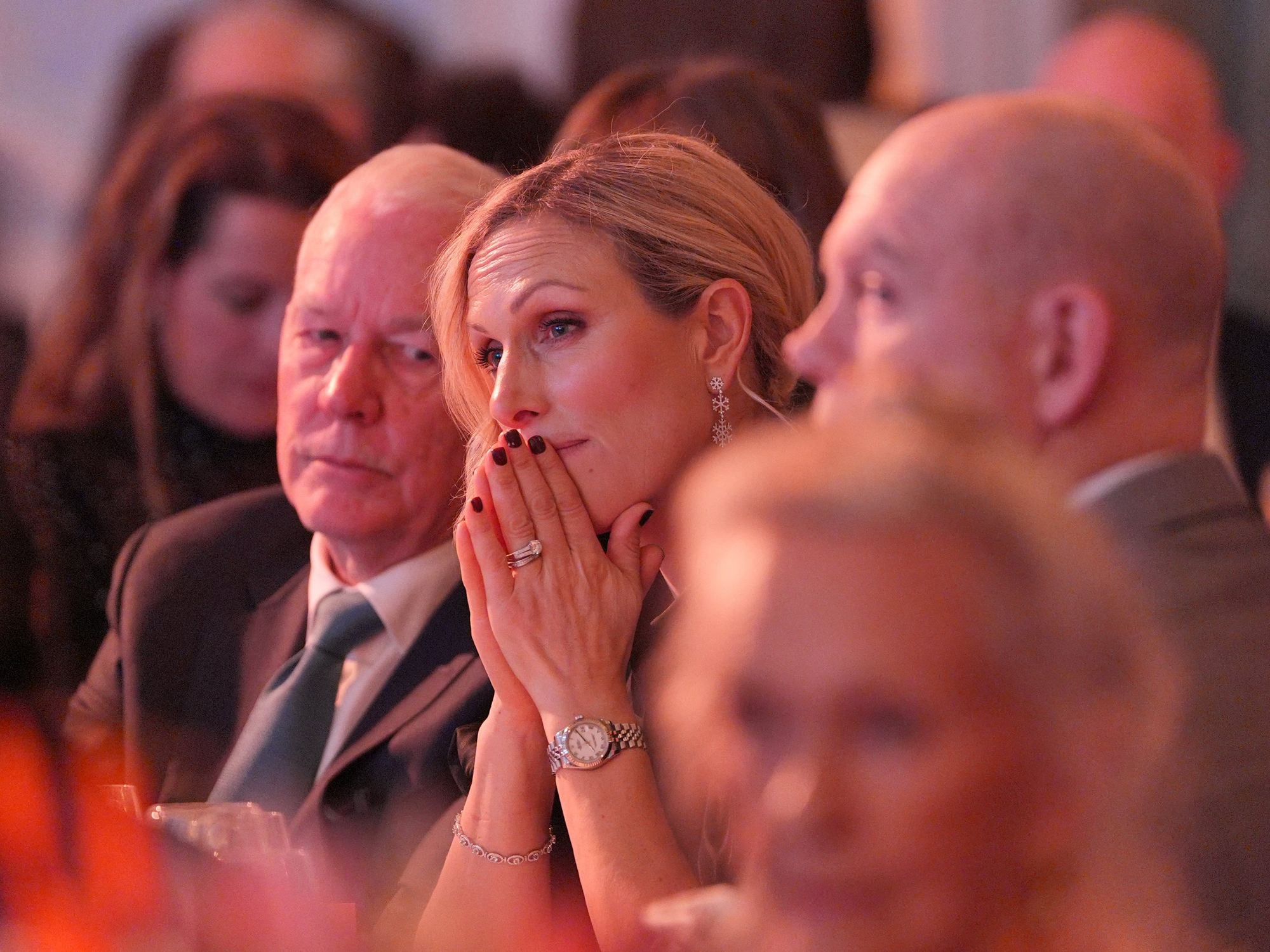Archaeology breakthrough as rare 1,200-year-old Saxon pendant discovered in field

The pendant will go on public display later this year at Leeds City Museum
Don't Miss
Most Read
A rare Saxon cross-shaped pendant dating back 1,200 years has been discovered in a field near Leeds by a metal detectorist.
Experts believe the eighth-century artefact belonged to a high-status individual, possibly a church official, and may have served as a badge for an important church leader.
The find offers a rare glimpse into religious life and elite culture in Northumbria.
The small cross pendant is made from solid silver covered with a thin layer of gold leaf, featuring intricate interlacing Saxon patterns carved on both sides.
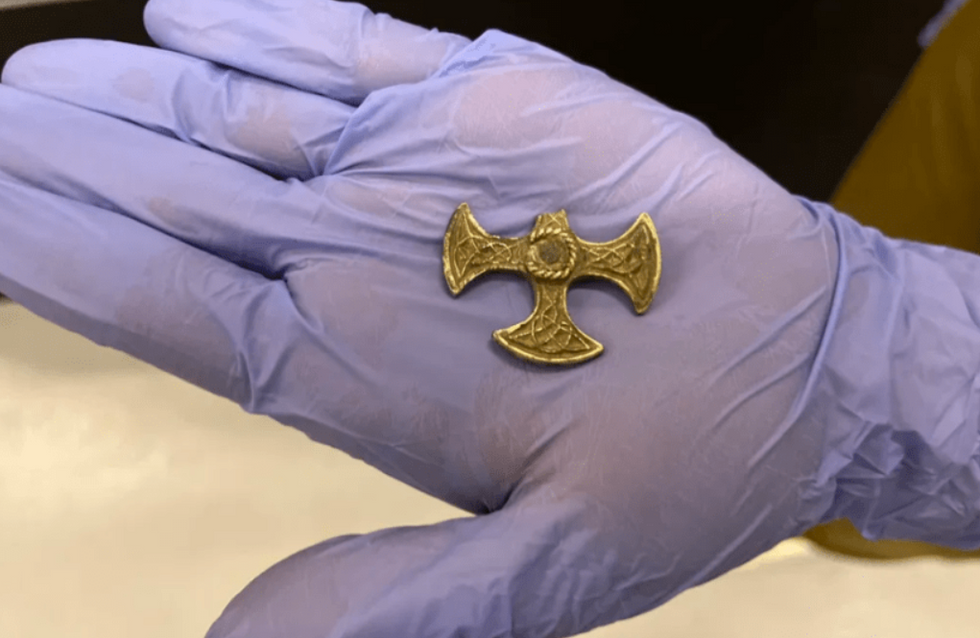
A rare Saxon cross-shaped pendant dating back 1,200 years has been discovered in a field near Leeds by a metal detectorist
|Leeds City Council
Despite damage to one arm and the loss of its central stone, the pendant is considered an exceptional example of early medieval craftsmanship.
Kat Baxter, curator of archaeology at Leeds Museums and Galleries, said: "It was made at a time when Leeds was part of the Saxon kingdom of Northumbria, and alongside a number of other discoveries in the area, it helps us build a picture of the kinds of people who lived here during this time.
"These finds are part of a puzzle which together show that Leeds was home to high-status, important individuals during the Saxon period."
The acquisition of the pendant was supported by funding from the Arts Council England/V&A Purchase Grant Fund, the Leeds Philosophical and Literary Society, and the Friends of Leeds City Museums.
LATEST DEVELOPMENTS:
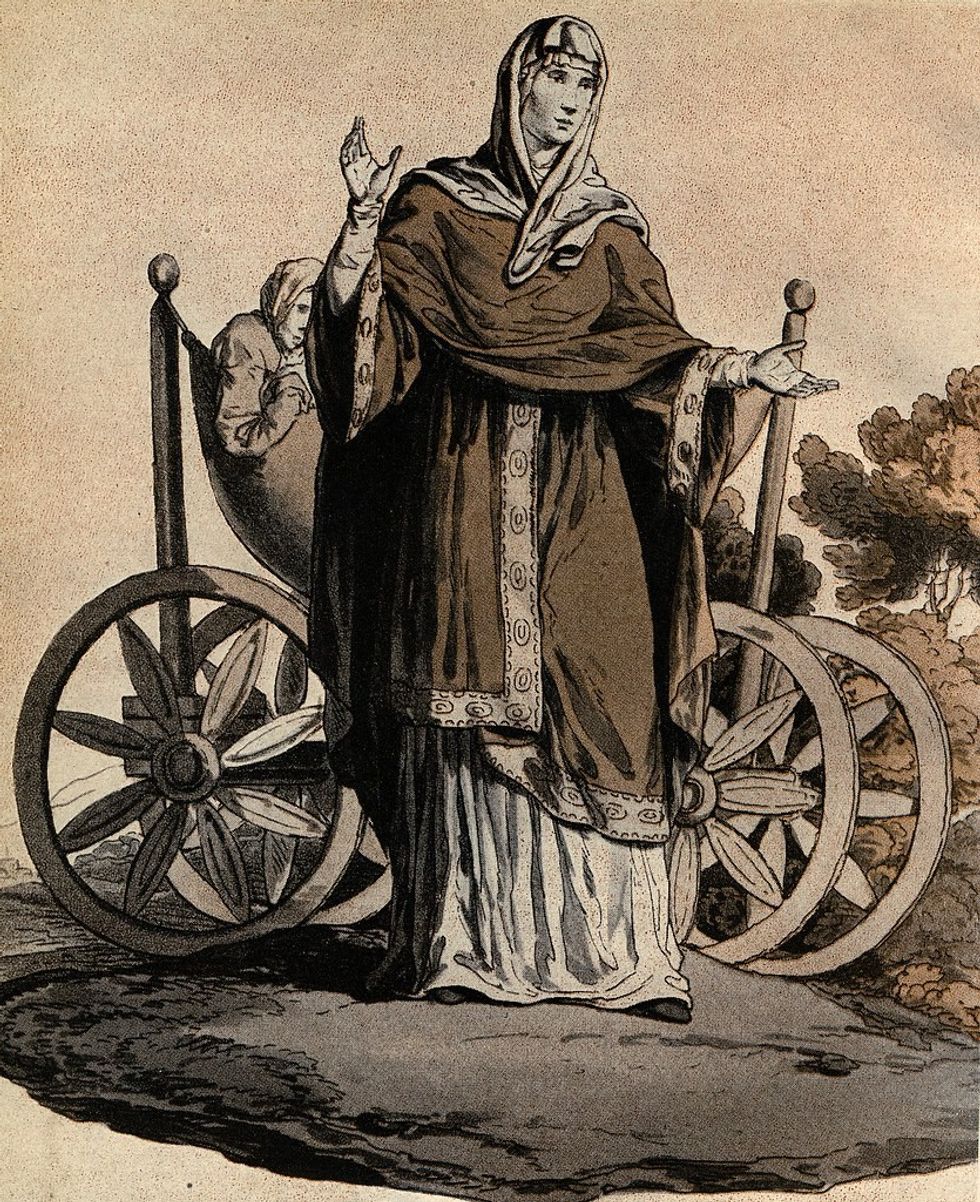
The Saxon period was after the fall of Roman Britain but before the Norman conquest in 1066
| FlickrCouncillor Salma Arif, executive member for public health and active lifestyles at Leeds City Council said: "It's always wonderful when we are able to add important objects like this to our collections, and we're very grateful for the continued support of funders and visitors in helping us to preserve our local heritage."
The discovery is part of a string of archaeological finds providing deeper insight into early medieval Yorkshire.
Two years ago, a late Roman and early Saxon cemetery was uncovered near Garforth, containing remains of over 60 individuals.
Among the notable finds was a lead coffin buried for over 1,600 years.
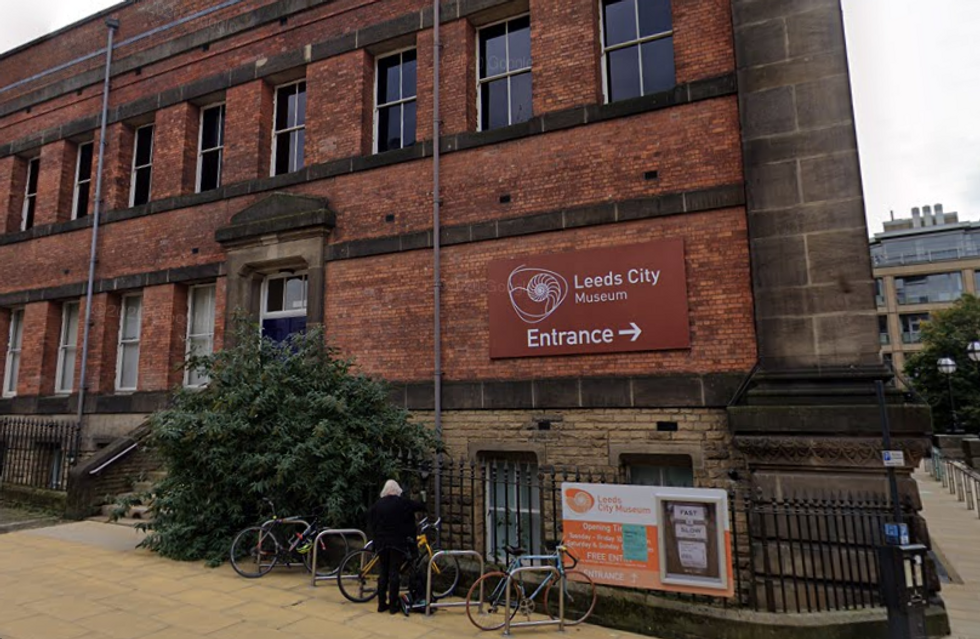
The pendant will go on public display later this year at Leeds City Museum
|It contains the remains of a woman aged 25 to 35 who was buried with jewellery including bracelets, a necklace and a ring or earring.
The pendant will go on public display later this year at Leeds City Museum.
Councillor Arif added: "This find is a beautiful example of the history all around us and gives a fascinating insight into the story of Leeds."
The pendant was acquired through the Portable Antiquities Scheme and the Treasure Act process, joining other significant Saxon artefacts in the museum's collection.


